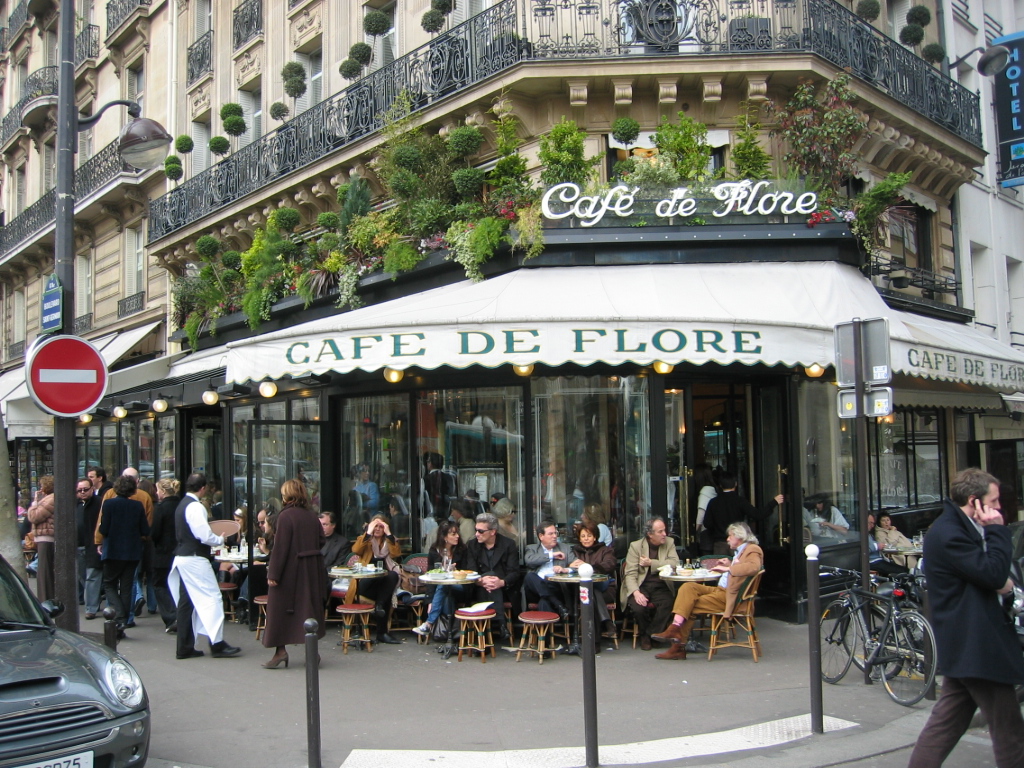 |
| Park Sanssouci (Potsdam) |
Over time, the park was expanded considerably and were added to other palaces and pavilions, as the New Palace, the Orangery or the palace Charlottenhof.
»Buildings and places of interest:
" Schloss Sanssouci (Historisches Zur Mühle): The rococo palace was built between 1745 and 1747 by Georg Wenzeslaus of Knobelsdorff from some sketches of the same , Frederick II of Prussia. Knobelsdorff and Johann August Nahl, meanwhile, designed the interior. Jann Boumann, a Dutch architect, completed the project. 'Sanssouci' ('no preopcupaciones') was the appropriate name for a castle of such charm.
During the nineteenth century the palace became one of the residence of Frederick William IV of Prussia. It hired the architect Ludwig Persius to restore and expand the palace, and Ferdinand von Arnim to improve the city and in this way, the views from the palace. The Damenflügel, the west wing was added in 1840 to accommodate the ladies and gentlemen of the court. The Schlossküche (from the castle) can also be visited. In 1990, UNESCO declared the palace and gardens heritage of mankind [ Learn more at Wikipedia ].
 |
| Schloss Sanssouci (Potsdam) |
 |
| Orangerie Schloss (Potsdam) |
"Neues Palais (Am Neuen Palais): The imposing baroque structure located on the main avenue of the park is one of the most beautiful palaces in Germany. It was built between 1763 and 1769 to celebrate the end of the Seven Years' War, in which Prussia ended the centuries-old Austrian rule on German affairs. The project was designed by Georg Wenzeslaus of Knobelsdorff in 1750, but the works undertaken by Johann Gottfried Burying, Jean Laurent Geay and Carl von Gontard, had to be postponed until the end of war.
The vast structure with three wings and two plants is much greater than that of Sanssouci, with over 200 rooms and 400 statues as decoration. In the south wing are the offices of king and a small theater. He served as a guest house for many royal visitors.
 |
| Charlottenhoff Schloss (Potsdam) |
"Chinesisches Teehaus (Ökonomiewig, Reshgarten): The China Tea House is a pavilion built in XVIII century style Chinese, in the fashion of the time. It was built between 1754 and 1756 from a design by Johann Gottfried Burying. The pavilion has a circular with a central main hall surrounded by three studies. Surrounding the flag golden ornaments such as columns and Chinese figures. Originally a tea room and dining, but today houses a collection of eighteenth century porcelain.
 |
| Römische Bäder (Potsdam) |
»Bildergalerie (Historisches Zur Mühle): Located next to Schloss Sanssouci, the Bildergalerie exposed baroque paintings that belonged to Frederick the Great, as "The doubt of St. Thomas 'Caravaggio' and 'Death of Cleopatra' by Guido Reni, and works by Rubens and Van Dyck.
"Other spaces : Close is the Bildergalerie Friedenskirche , Neo-Romantic Church of Peace, inspired by the Basilica of San Clemente in Rome. Communs is an unusual style building, located next to the courtyard of the Neues Palais, which serves to accommodate the staff of the palace. The Lutsgarten (garden of pleasure) is a large park with several gardens near the Orangerie. The Temple of Friendship was built south of the main avenue of the park between 1768 and 1770 by Carl von Gontard in memory of the favorite sister of Frederick the Great, the Margravine Wilhelmina of Bayreuth. The building complements the Old Temple, which is located north of the avenue. The Drachenhaus (Dragon House) was built between 1770 and 1772 in the Chinoiserie style on the northern edge of Sanssouci Park.
"" Bibliography: »Germany (Visual Guides El País Aguilar)» Deutschland (Baedecker, Allianz Reiseführer)
»Links: " Potsdam (Wikipedia) " Potsdam (official website)" Potsdam (of Germany) " Potsdam Tourismus " Potsdam Park Sanssouci (Web official) "Potsdam Sanssouci







